Liem Can Commune, Thanh Liem District is an ancient land of Ha Nam . The commune's terrain is quite special with low hills rising in the middle of the plain, with the winding Khuong Kieu River connecting Chau River with Day River. The terrain is favorable for waterway traffic and convenient for military affairs, so many talented generals of the dynasties chose Liem Can as a place to gather and train troops to save the country. It was from this sacred land that Dinh Bo Linh, Le Hoan as well as generals of the Dinh - Le dynasties used this place as a base to organize training troops to fight against internal and external enemies.
During the years of suppressing the 12 warlords, Dinh Bo Linh returned to Bao Thai and Liem Can to recruit talented people. In 972, King Dinh Tien Hoang returned to Bao Thai and established a temple on top of Lang Mountain, which later became a place to worship King Dinh Tien Hoang, called Thuong Temple. In the middle of Lang Mountain is a place to worship Le Loc, Le Hoan's grandfather. In 971, Le Hoan was appointed as the General of the Ten Paths, returned to Bao Thai to honor his ancestors and restored the place of worship. In 980, Le Hoan ascended the throne and returned here to worship his ancestors, building the ancestral temple of the Tien Le Dynasty, which the local people called Trung Temple. Ha Temple is located at the foot of Lang Mountain, so the temple is also called Lang Temple. The temple was established by the people at the end of the Later Le Dynasty and the beginning of the Nguyen Dynasty. The palace in the temple worships the Four Emperors, namely: Dinh Tien Hoang, Le Dai Hanh, Le Trung Tong, and Le Ngoa Trieu. The outer palace worships the Three Great Kings, namely the Great King Thien Cuong, General Nguyen Minh and his wife, Lady Nhu Hoang De.
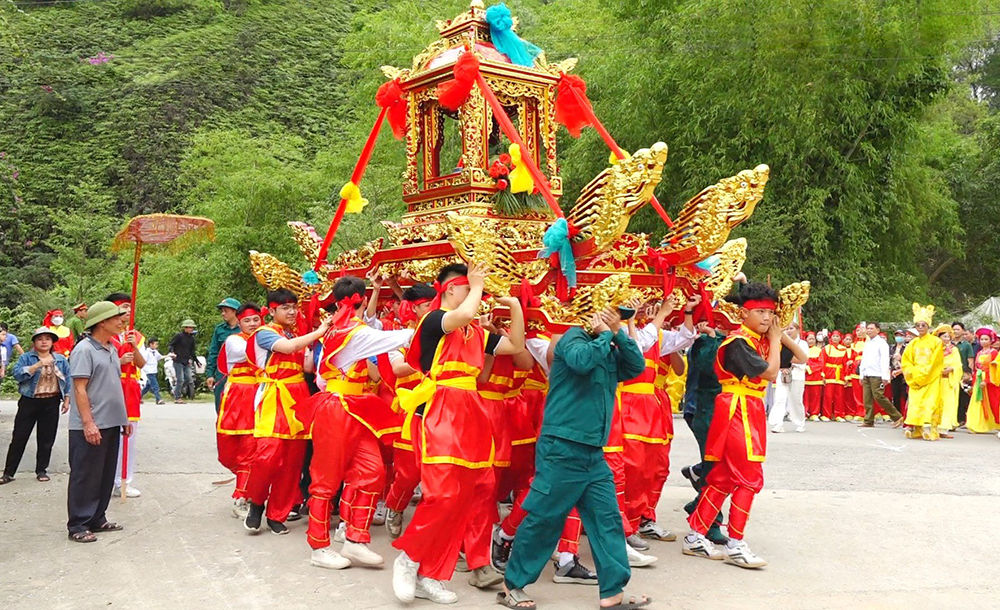
In order to preserve and promote the unique values of the relic site, create unique products and brands for Ha Nam tourism , in 2018, the Provincial People's Committee approved the Planning with the goal of building the Lang Temple Relic Site into an attractive national cultural and historical tourism destination, associated with traditional cultural values of the nation and local culture. At the same time, protect the natural environment in the area, as a legal basis for management, establishment, appraisal, approval and implementation of conservation projects, restoration, and renovation of cultural and spiritual historical tourism development projects associated with promoting the value of the relic.
The projects to preserve and restore Lang Temple; restore Trung Temple, Thuong Temple; preserve, restore and reconstruct Dau Tomb are in phase 1 of the planning. Phase 2, with spiritual tourism products associated with the space of Lang Temple, Trung Temple, Thuong Temple, Tam Thien Nhan Temple, develops sightseeing, entertainment and agricultural eco-tourism products. This phase will have works such as: exhibition house, literature school, martial arts school, hotel, culinary services, meditation garden, reed pond, rural market space, service-combined housing, garden house... Up to now, Lang Temple, Dau Tomb have been restored and restored; Trung Temple and Thuong Temple have been restored on the old temple foundation. The appearance of Lang Temple Relic Area has gradually taken shape with a completely unique character.
In order to preserve and promote the unique values of the relic site, create unique products and brands for Ha Nam tourism, in 2018, the Provincial People's Committee approved the Planning with the goal of building the Lang Temple Relic Site into an attractive national cultural and historical tourism destination, associated with traditional cultural values of the nation and local culture. At the same time, protect the natural environment in the area, as a legal basis for management, establishment, appraisal, approval and implementation of conservation projects, restoration, and renovation of cultural and spiritual historical tourism development projects associated with promoting the value of the relic.
Associated with the above spiritual works is the traditional festival of Lang Temple. According to legend and genealogy, Lang Temple has 4 main festivals every year (locals also call them Dai Ky Phuc days). Of which, the 10th of January, Le Hoan's birthday, is the biggest celebration. According to the village elders, in the past, on Dai Ky Phuc days, villagers slaughtered buffaloes and pigs and held very grand ceremonies. In addition to the solemn ceremony, the village also invited Cheo singing troupes and organized folk games... which were very lively and exciting.
According to folklore researchers, the ancient Lang Temple Festival, in addition to traditional games, also had folk games with their own identity, both entertaining and spiritual. The highlight was the Nghiem Quan game, recreating the scene of Le Hoan's army recruitment and parade before sending troops to Hoa Lu. The location was an empty lot near Lang Temple. To prepare for the game, the Festival Committee had people use lime water to draw many rectangular boxes. The village boys lined up in these boxes and were counted. In ancient times, this was called "Dau Dong Quan".
And secondly, the rowing game also attracted the attention of many festival attendees. The game took place on the lake opposite Lang Temple. In the middle of the 10th century, before sending their forces to Hoa Lu to join Dinh Bo Linh's army, Le Hoan and Nguyen Minh had their navy practice on this lake. Participating in the game were 3 boats, representing 3 villages of Bao Thai village. Before the race, the participants went to the front hall of Lang Temple to pay their respects and ask for permission to race. Each boat had a captain, a pilot and 6 rowers sitting equally on both sides of the boat. The boats of the villages raced 5 laps around the lake, the village boat that finished first was the winner.
After a period of decline, the Lang Temple Festival was restored in 2023. The villagers chose the 6th and 8th of the third lunar month to hold the festival; on the 6th, they held the installation ceremony, opened the Upper Temple and the Middle Temple, then performed the ceremony to worship the male and female officials. On the 7th, in the morning, they organized folk games, in the afternoon, they held a palanquin procession from Lang Temple to Dau Tomb to bring the spirit of Le Loc back to attend the village festival. On the 8th, in the morning, they held the opening ceremony and welcomed the clans, villagers, and visitors from all directions to offer incense; in the afternoon, they brought the spirit of Le Loc back to Dau Tomb. Finally, they held a thanksgiving ceremony and worshiped the Mong Son Thi Thuc altar. In the evenings of the festival, there were cultural programs to serve the people to enjoy the village festival.
Chu Binh
Source




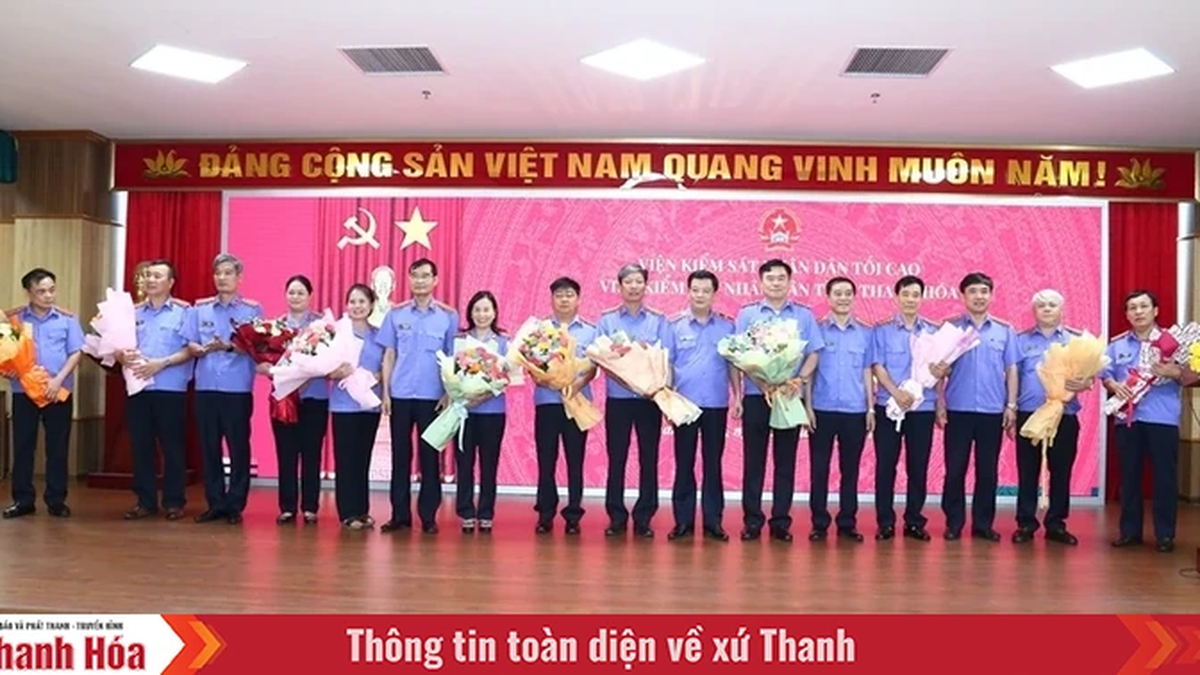
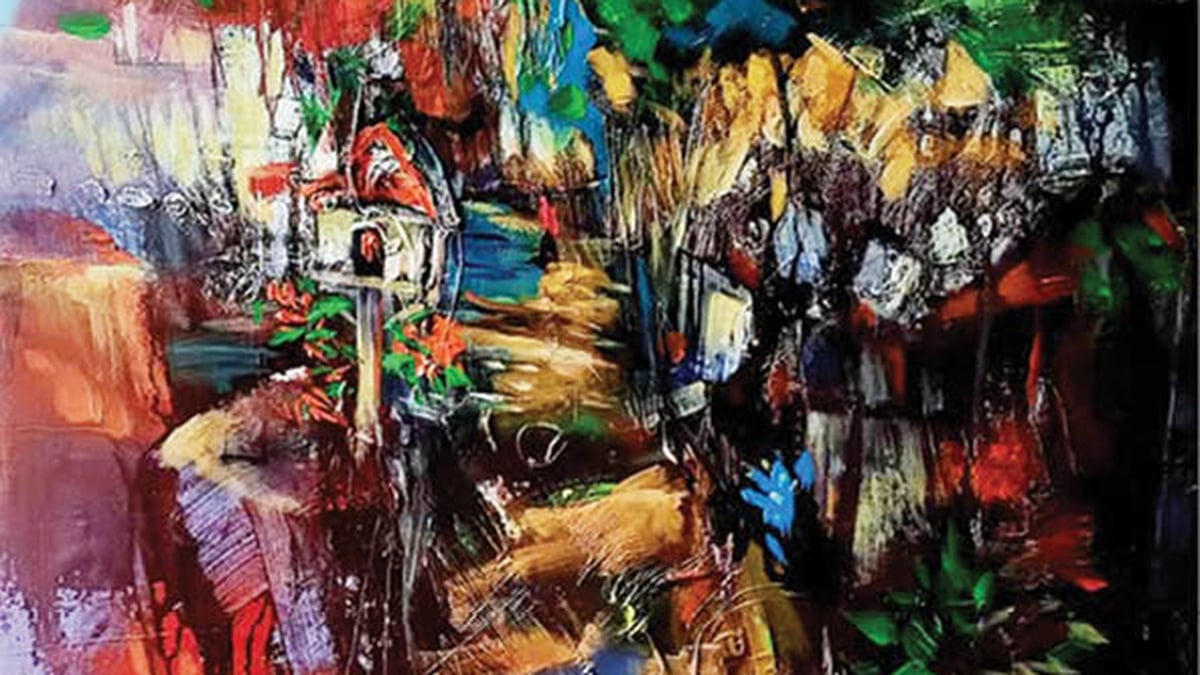
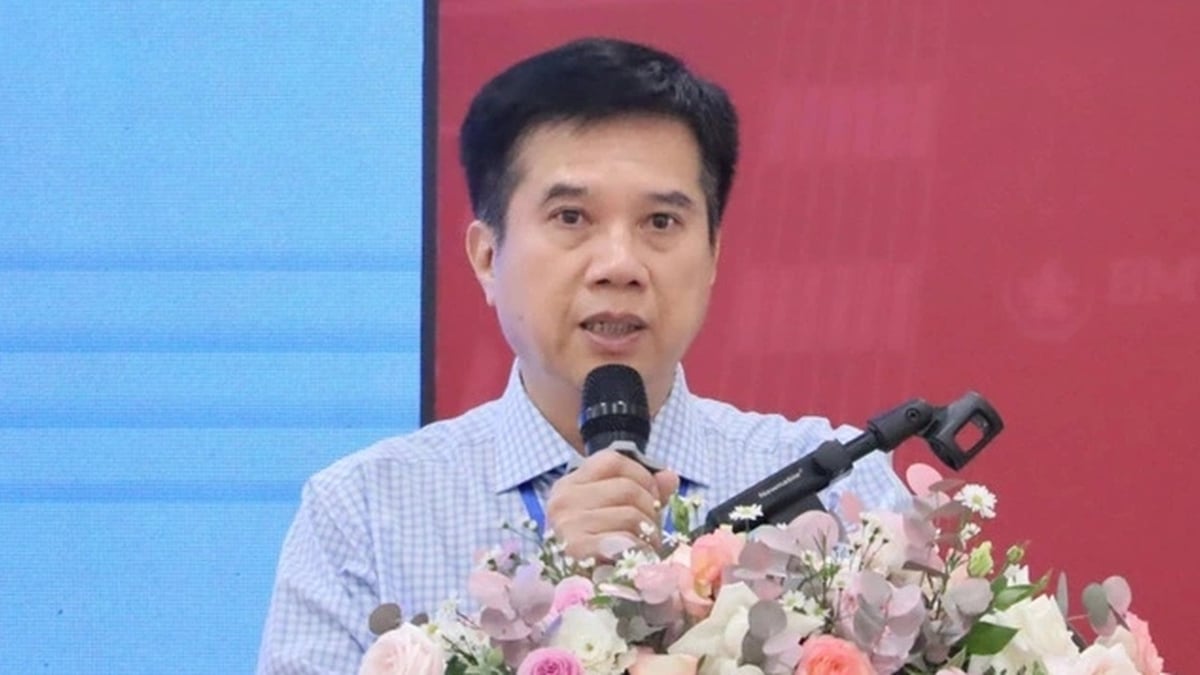
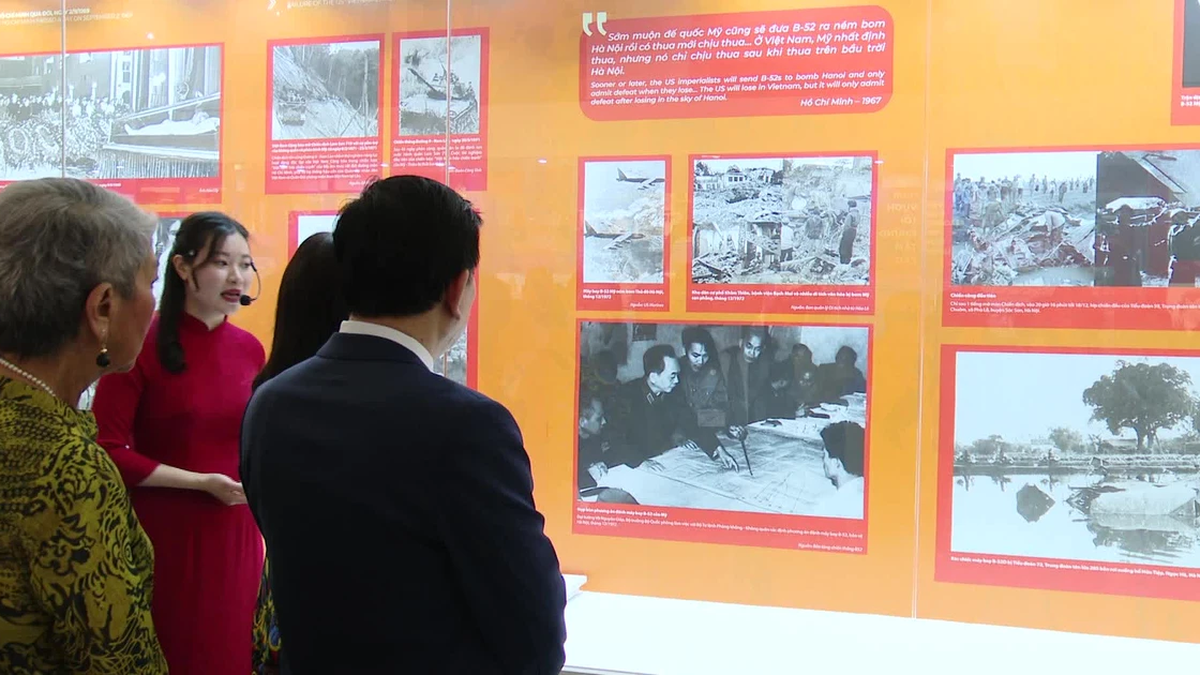


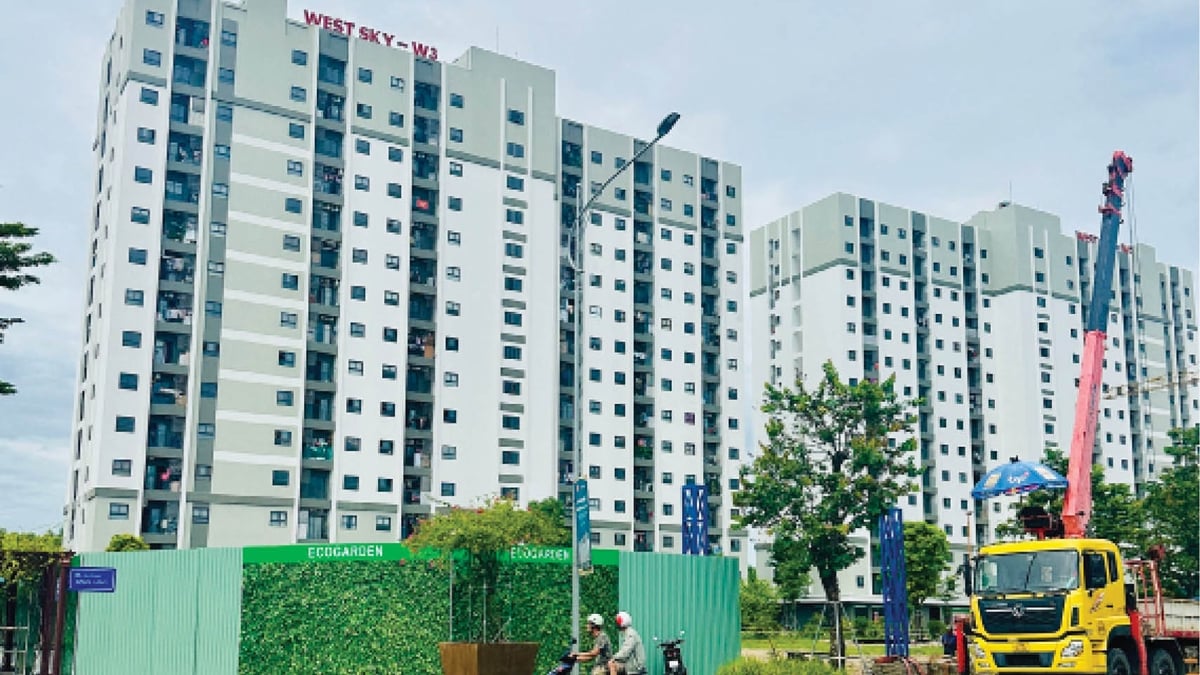
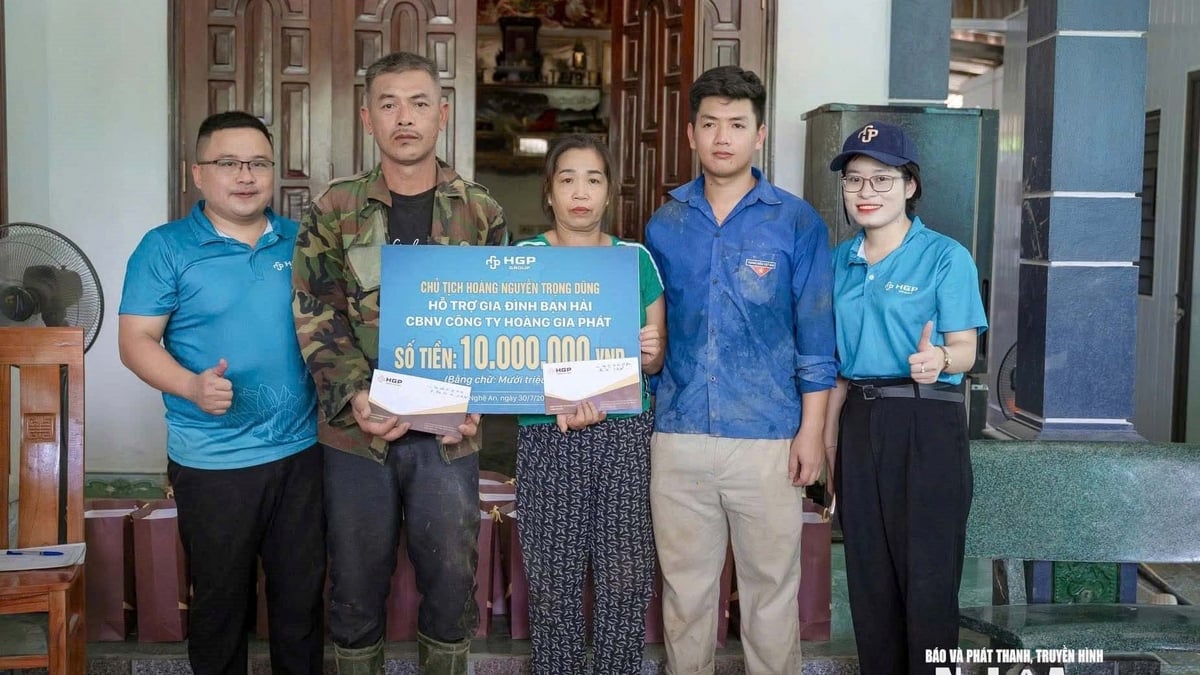






















































































Comment (0)